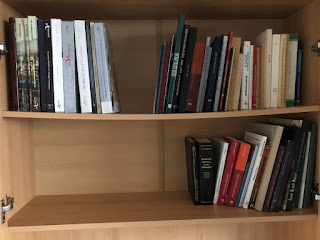Rather typical of a brand in pursuit of
originality since its inception (1955), this watch dating back to the 1960s features
a dial texture that matches the pattern of the bracelet.
Functions Hours, minutes
Size 30 x 30 mm, thickness 9 mm
Case Stainless steel, screw down backMovement Calibre AS 1873, self-winding, 25.6 mm, 21 jewels, adjusted to 3 positions, Glucydur screwless balance, flat hairspring, Incabloc shock absorber, 21'600 vibrations per hour.
ITALIANO
Tipico di una Casa alla ricerca
dell'originalità fin dalla fondazione (1955), questo modello degli Anni 60 si
distingue per la decorazione del quadrante che riprende la struttura del
bracciale.Funzioni Ore, minuti
Dimensioni 30 x 30 mm, spessore 9 mm.
Cassa Acciaio, fondo chiuso a vite.Movimento Calibro AS 1873, automatico, 25,6 mm, 21 rubini, regolato su 3 posizioni, bilanciere anulare in Glucydur, spirale piana, antiurto Incabloc, 21.600 alternanze/ora.




















